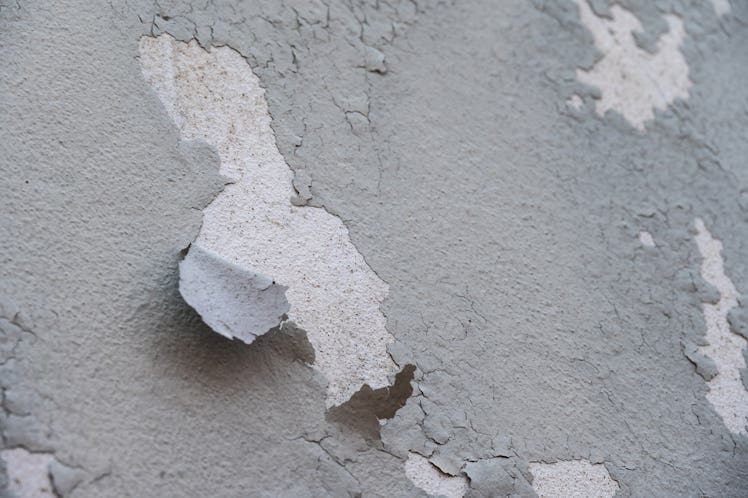31 Million Homes Have Dangerous Lead Paint Levels. A New Plan Could Change That
We’re closer to eradicating lead than ever before in the U.S.

The Biden Administration recently announced a proposal that would significantly reduce the risk of lead exposure in homes, schools, and childcare facilities built before 1978, when lead-based paint was banned. If approved, the proposal would require lead remediation at the owner’s expense if blood tests or other symptoms reveal that a child has been exposed to lead on the premises. Owners would not be required to proactively test for lead in their facilities or homes.
The rule would be an overhaul of lead policy, by classifying any level of lead as hazardous and requiring owners to pay to remove that lead. “The current standard defines hazardous lead dust levels as 10 micrograms per square foot for floors and 100 micrograms per square foot for window sills,” per CNN.
Lead is a well-known neurotoxin that can cause nervous system damage and developmental delays that result in lower IQ, limited attention span, and poor academic performance in children. Prior to the 1978 ban, lead was regularly used in paints and water supply pipes and was a widely used gasoline additive.
It’s estimated that 31 million homes alone still have lead-based paint, and around 10% of those homes house children under the age of 6 — a total of about 3.8 million homes, per the Biden administration and the Environmental Protection Agency (EPA). The changes would help prevent 250,000 to 500,000 children under 6 from being exposed to lead, the agency estimates. Young children are the most at-risk group for lead exposure due to crawling and hand-to-mouth contact. Lead, even under layers of non-toxic paint, can shed dust into the environment as it deteriorates, coating toys, utensils, flooring, and other household items.
Marginalized communities are generally at higher risk since homes and facilities in low-income areas are less likely to have been remediated and still contain deteriorating lead paint. And lead poisoning is prevalent in children across the United States. One study from 2021 found that over half of kids in the U.S. have lead in their blood, despite the fact that no amount is safe.
“There is no safe level of lead,” the EPA’s Office of Chemical Safety and Pollution Prevention assistant administrator, Michal Freedhoff, said in a statement. “Even low levels are detrimental to children’s health, and this proposal would bring us closer to eradicating lead-based paint hazards from homes and childcare facilities across the US once and for all.”
The newly proposed regulations come as a result of lawsuits filed against the EPA by environmental and health watchdogs over what were seen as lax standards set by the agency for lead exposure.
“This is a leap forward in the country’s long-delayed efforts to eliminate lead exposures in millions of residences and child care facilities that still have lead-based paint,” Eve Gartner, director of toxics strategies at Earthjustice, a group that represented plaintiffs in some of the lawsuits told the New York Times. “Our clients in these lawsuits are grateful and look forward to expedited finalization and implementation of this important rule-making.”
The new proposal has received some backlash, however. “I don’t want children to be in an environment with lead,” Cindy Lehnhoff, director of the National Child Care Association, told the New York Times. “But as an industry, we’re struggling. We only need one more thing to take us out, to make child care more unaffordable and less available,” adding that the government should offer a way to help owners of child care centers allay the costs for remediation.
The proposal will be open to comment from the public for 60 days. After that time, the EPA will either alter the rule based on suggestions from the public or enact it as is, wherein it will be implemented within the next year.
This article was originally published on